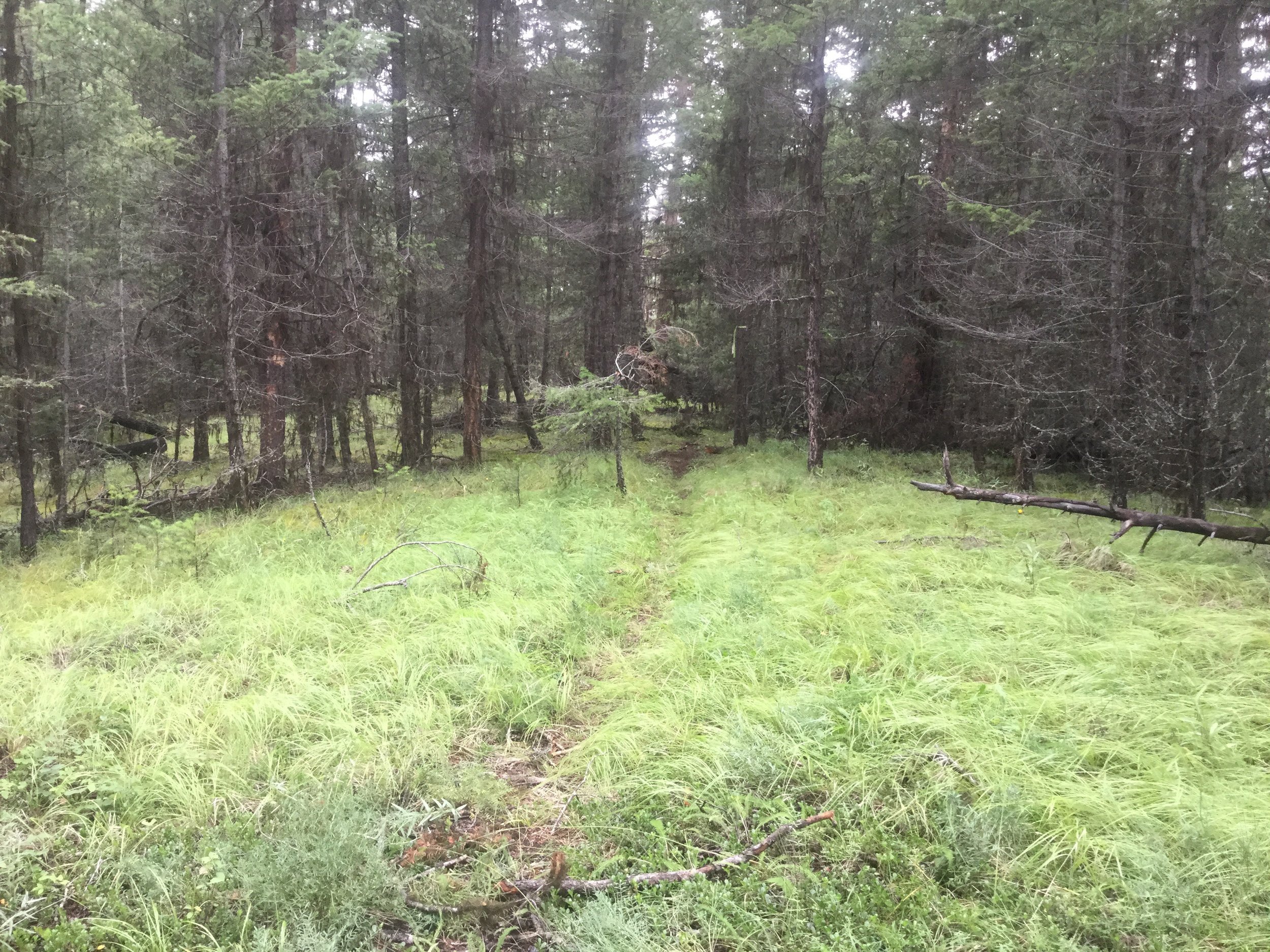There are many types of archeological sites recorded around the world. Most readers will likely be familiar with the largest and most famous examples, such as the Pyramids of Giza in Egypt, Stonehenge in England, Chichen Itza in Mexico, and Machu Picchu in Peru. Though these are fascinating sites, and are well-marketed and well-travelled as a result, they are generally quite rare. They also often represent special-use or sacred areas, and don’t necessarily reflect what the everyday life was like for an average person at the time. While less-obvious sites might not be as impressive to the public, archaeologists tend to get excited about them as they provide valuable insights into the day-to-day activities of people’s lives in the past. And to ‘us’ archaeologists, that’s what’s really exhilarating to learn about.
While the combination and variety of archaeological sites in our local area varies, there are number of common site types we tend to see repeateldy. This aim of this column is to provide a description of some of these sites, and how archaeologists know what they are when we find them.
Lithic scatters: stone tools are created through a process called flintknapping, and a surprising amount of lithic debris comes off the core rock during the flintknapping process. The debris that’s left behind on the ground become lithic scatters. We rarely find archaeological sites in the regions without this lithic debris on or below the ground surface, often both. These generally consist of tools, tool fragments, or sharp pieces of lithic ‘stone-chips’ observed on the ground surface, or eroding out of sub-surface ground exposures like cut-banks, or tree throws.
Faunal scatters: similar to lithic scatters, but are created from animal bone fragments instead. These types of sites are usually created during butchering, processing, as part of cooking activities, or discarded after consumption. They are usually expressed as weathered bone, or bone fragments, also observed on the ground surface, or eroding out subsurface exposures.
Cultural depressions: this is a ‘catch-all’ phrase used to describe what we see in archeological sites that represent a few types of features. Larger depressions are often collapsed semi-subterranean pit houses, or house pits; this is what remains of the homes people lived in. Smaller depressions are often cache pits (used to store food, or other valuable items) or roasting pits (used to cook food). These look very much like you would expect, depressions in the ground of varying size and depth that are circular in shape. These were usually created by hand using a digging stick (imagine, no metal shovels or machinery!) and have a rim around the circumference of the depression, created by the dirt that was scooped out to create the pits.
Culturally modified trees (CMTs): trees were frequently modified for a variety purposes in a manner that leaves the tree scarred, or modified, for the remainder of its life. Most commonly seen locally are bark stripped CMTs, where the bark was removed to create a marker along a trail, or for use as food, medicine, or to create useful items. With these, the scar doesn’t heal, the tree, and associated lobe around the scar, continues to grow. Young trees were also split, bent, or tied in knots, often to mark a trail, or a spot with cultural significance. Less commonly observed are arborglyphs, where shapes, faces, or symbols, have been carved into trees.
Rock art: pictographs are a common type of rock art. People drew anthropomorphic (human-shaped) or zoomorphic (animal-shaped) figures painted on rock, usually with a mixture of ochre, and animal fat or fish eggs. Less commonly recorded however, are petroglyphs, which like arborglyphs are shapes carved, or pecked, into rock.
Recognizing an archaeological site is an exciting experience, even for an archaeologist who has likely recorded dozens of sites! It’s important to remember that these areas are important cultural, and sometimes spiritual, links to the past. Furthermore, it is unethical (and, depending on the location, illegal) to disturb them without proper permissions. If you do see any archaeological sites while out and about, remember to take only photographs, leave only footprints, and if you have any questions you can contact your local friendly archaeologists.




